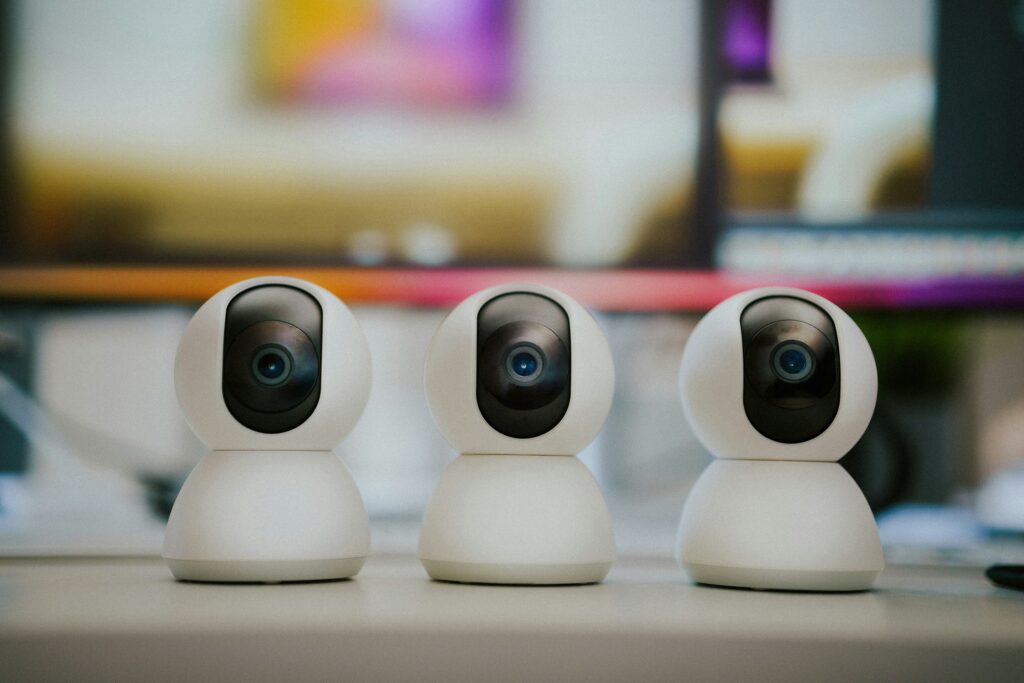Ever wondered why your live streams look like they were recorded on a potato, even though you spent a fortune on gear? Turns out, the culprit might be your capture card. But don’t worry—by diving into Capture Card Benchmarks, you can avoid costly mistakes and finally hit that buttery-smooth 60fps mark.
In this guide, we’ll break down what makes a capture card tick (or lag), provide actionable tips for selecting the best one, and share brutal honesty about common pitfalls. Think of it as your GPS to achieving next-level streaming quality.
Table of Contents
- Key Takeaways
- Why Capture Card Benchmarks Matter
- How to Choose the Right Capture Card
- Best Practices for Optimal Performance
- Real-Life Streaming Success Stories
- FAQs On Capture Card Benchmarks
Key Takeaways
- Poorly optimized capture cards kill stream quality faster than trolls in chat.
- Benchmark tests reveal which cards deliver consistent performance under pressure.
- Avoid budget traps; prioritizing low-latency and high-resolution capabilities is crucial.
- Proper setup and software tweaks can make or break your streaming experience.
Why Capture Card Benchmarks Matter
“Optimist You: ‘I just need any capture card, right?’ Grumpy You: ‘WRONG. Pick wrong, and say goodbye to smooth gameplay!’ “
Imagine spending hours setting up your dream streaming rig, only to realize your shiny new capture card introduces input lag so massive it ruins viewer immersion. It’s happened more times than I care to admit!

The truth is, not all capture cards are created equal. Some struggle with overheating during long sessions, while others choke on resolutions above 1080p. Benchmark testing reveals these flaws before they tank your production value—or worse, turn viewers away.
Terrible Tip Disclaimer:
Buying the cheapest card because “it’s only temporary”? Yeah, that won’t end well. Save yourself some headaches—and refunds later—by investing wisely upfront.
How to Choose the Right Capture Card
Selecting a reliable capture card doesn’t have to feel like navigating an endless tech maze. Follow these steps:
Step 1: Define Your Needs
Ask yourself:
- What resolution do you aim for? (e.g., 1080p vs. 4K)
- Are you focused on gaming or multi-camera setups?
- Does portability matter for events or travel?
Step 2: Research Benchmarked Models
Look beyond flashy specs and dig into benchmark results from sites like Tom’s Hardware or TechRadar. Find models tested against real-world scenarios similar to yours.
Step 3: Prioritize Latency Over Brand Loyalty
This isn’t about sticking with Elgato loyalty—it’s about ensuring minimal delay between your console and your computer monitor. Pro-tip: Cards supporting USB-C tend to fare better here.
Best Practices for Optimal Performance
Now that you’ve picked your weapon, let’s sharpen its edge. Here are foolproof ways to maximize your capture card’s potential:
- Keep Drivers Updated: Outdated drivers = poor compatibility.
- Use Reliable Software: Tools like OBS Studio pair beautifully with most modern cards.
- Avoid Overloading: Running five apps simultaneously? Time to close tabs.
- Monitor Temperatures: Hot cards = sluggish performance. Invest in cooling solutions if needed.

Real-Life Streaming Success Stories
Take Sarah, a Twitch streamer who transformed her channel after replacing an outdated PCIe card with the Elgato HD60 S+. Her viewership skyrocketed by 40% thanks to smoother framerates and reduced buffering.
Or consider Jake, whose YouTube retro gaming content went viral once he upgraded to a Magewell Pro Capture HDMI 4K+. Suddenly, his clips looked crisp enough to make nostalgic gamers drool.
FAQs On Capture Card Benchmarks
Q: How often should I run benchmarks?
A: At least once every six months, especially if you upgrade other hardware components.
Q: Can software fixes replace solid hardware?
A: Not really. A top-tier GPU won’t fix issues caused by a subpar capture card.
Q: Is external USB capture always worse?
A: Not necessarily. External devices now rival internal ones for many use cases—but research carefully!
Conclusion
Finding the perfect capture card through thorough Capture Card Benchmarks could be the difference between a frustrating grind and growing your audience effortlessly. Remember: invest smartly, tweak settings diligently, and never underestimate the power of benchmarks.
And hey, like debugging code at 3 AM, sometimes trial and error is part of the journey. Now grab that coffee and start optimizing.
*Like Tetris blocks falling perfectly into place,*
*Your stream will shine,*
*Thanks to solid benchmarks.*


